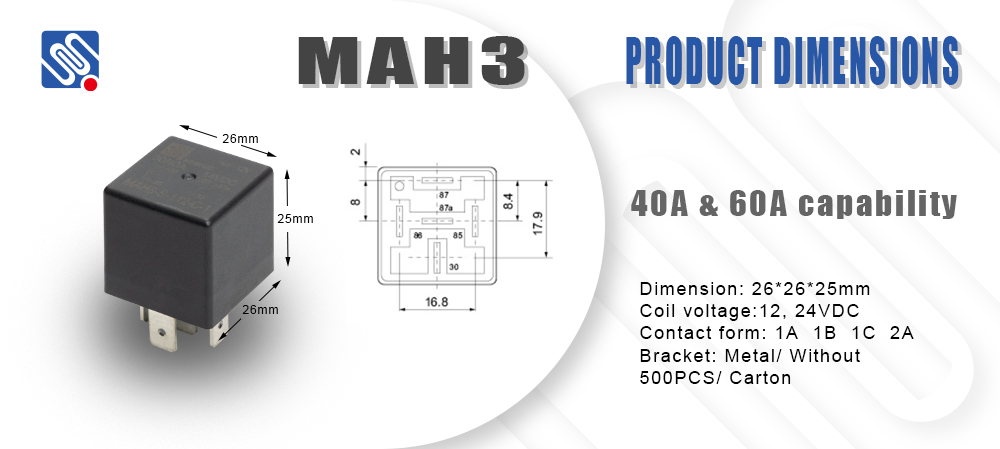Relay troubleshooting is an essential skill for anyone working with electrical systems. Relays are widely used in various applications, from industrial machinery to home appliances, to control high-voltage circuits with low-voltage signals. When a relay malfunctions, it can cause significant disruptions in the system’s performance. Understanding how to properly troubleshoot relays can save time, prevent costly repairs, and ensure smooth operation of electrical devices. This article will guide you through the common relay problems and the step-by-step process of diagnosing and resolving them.

Understanding the Basics of a Relay A relay is an electromechanical switch that uses an electromagnet to control one or more sets of contacts. When the coil of the relay is energized, the contacts move, allowing current to flow through a different circuit. Relays are commonly used in control systems, for example, in automotive applications to control lighting, or in industrial settings to regulate motors and other equipment. Understanding how relays work is the first step toward troubleshooting them effectively. Common Relay Problems Several issues can occur with relays, including mechanical failure, electrical faults, and issues with the control circuit. Below are some of the most common problems that can affect relays:
Leave a Reply
You must be logged in to post a comment.